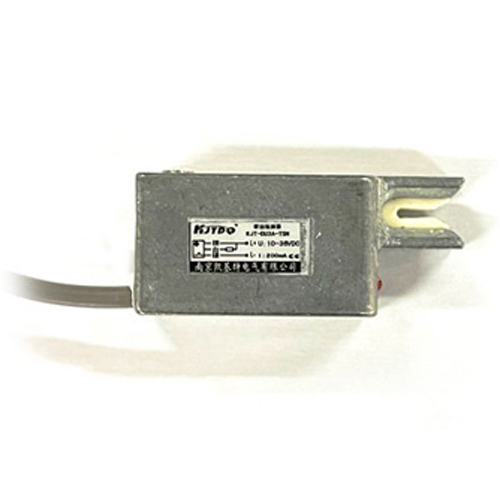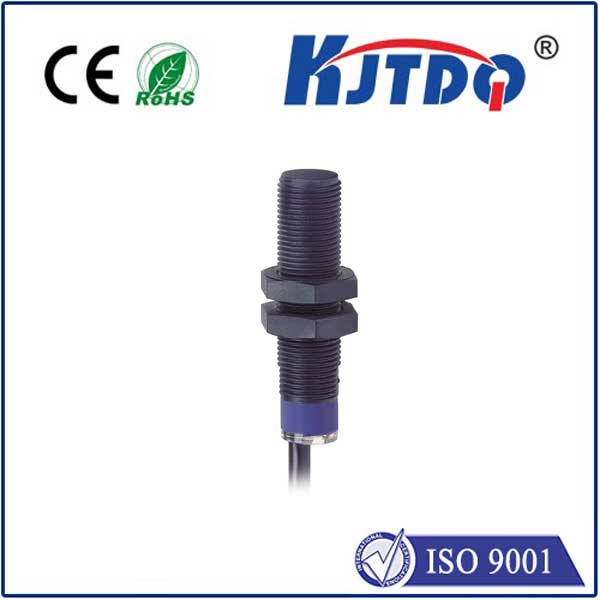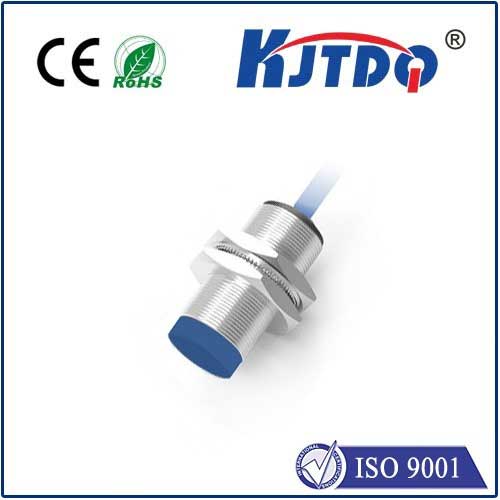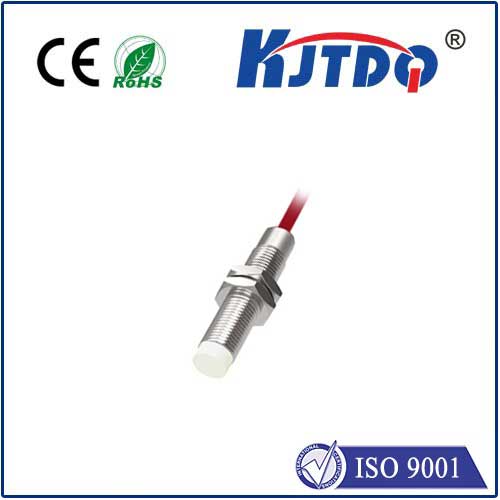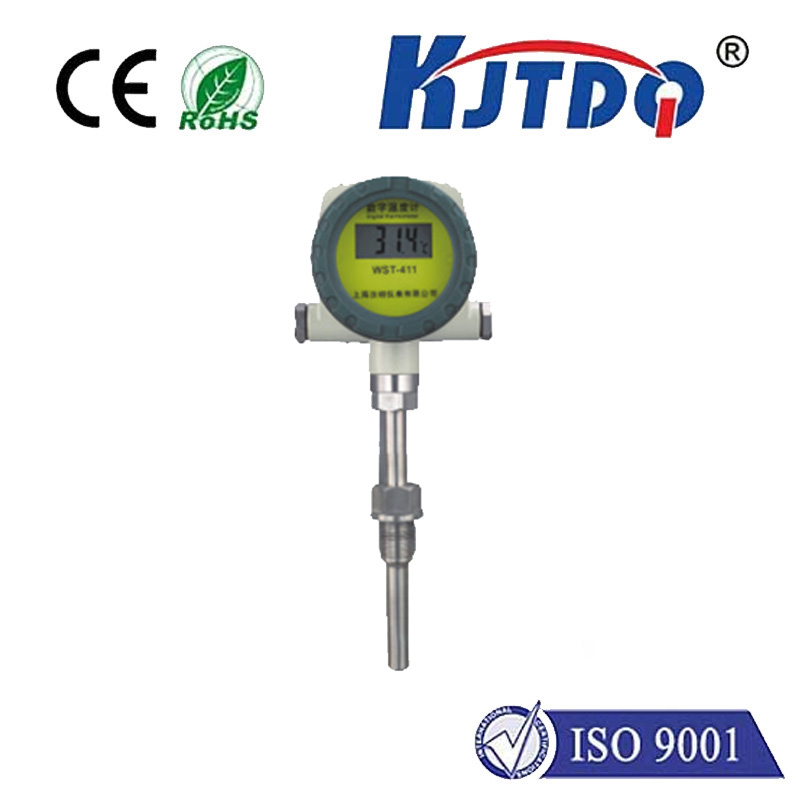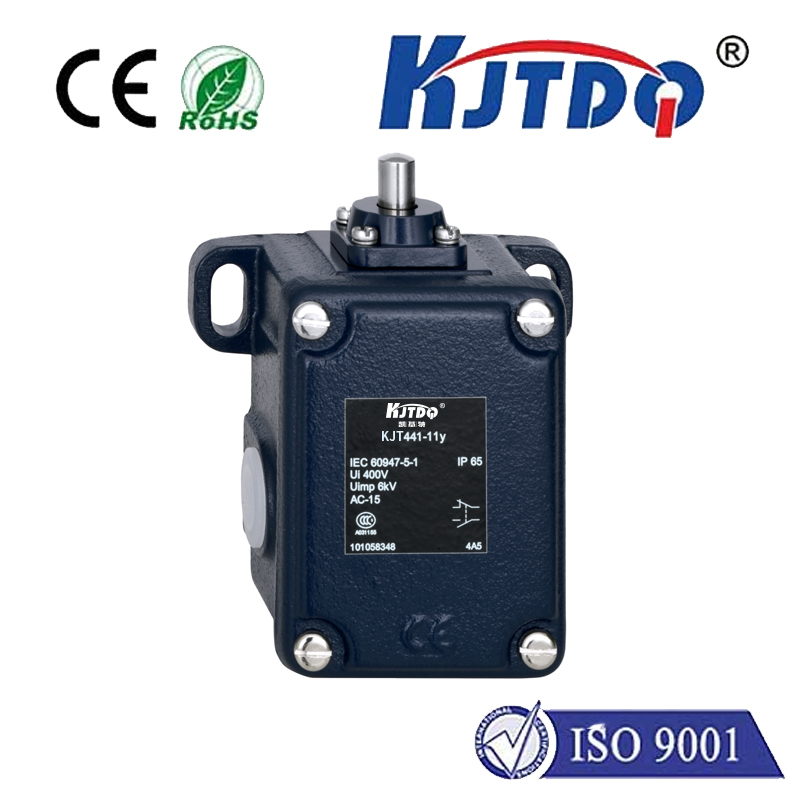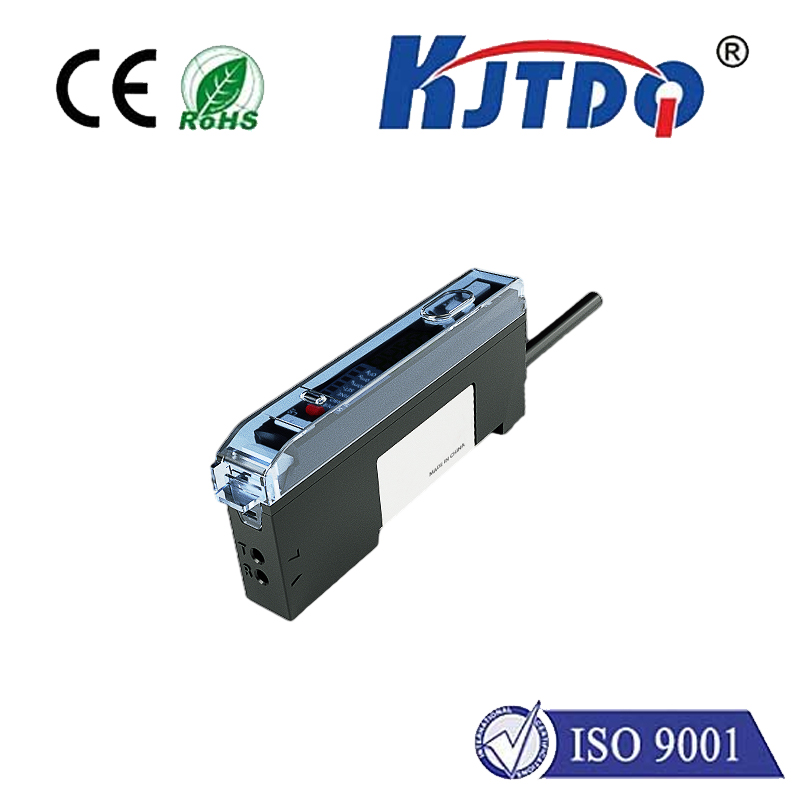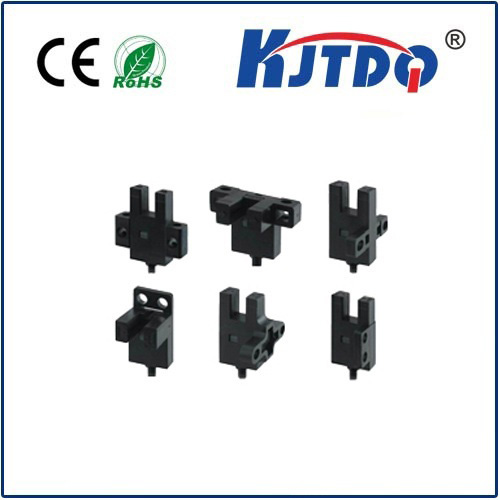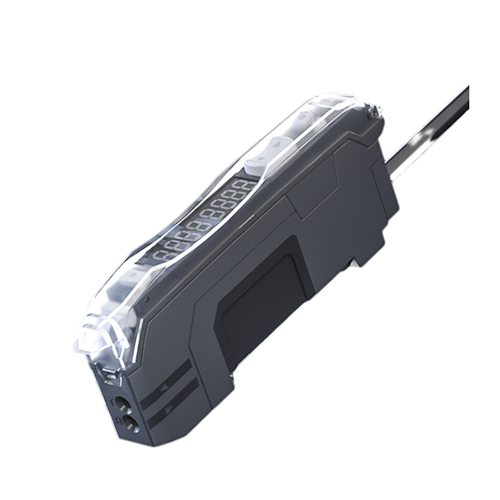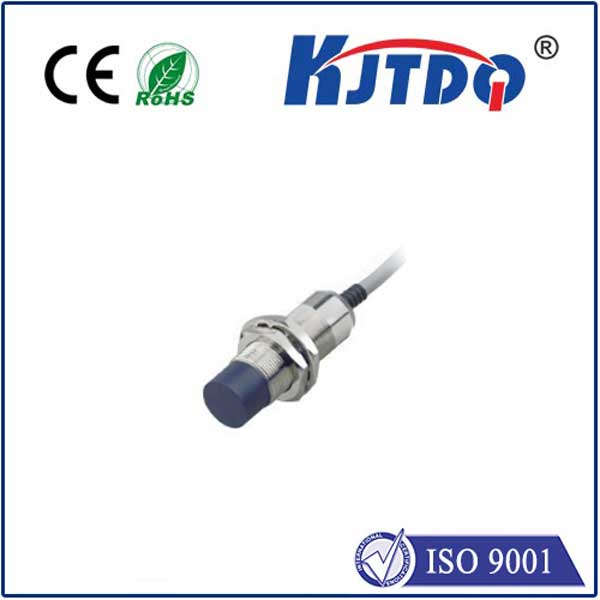

check

check

check

check

check

check

check

check

check

check
Title: Understanding the Types of Limit Switches Used in Automation Systems
Introduction to Types of Limit Switches Used in Automation Systems
Automation systems have become an integral part of modern industries, and limit switches play a crucial role in their functioning. Limit switches are mechanical devices that detect the presence or absence of an object, allowing automation systems to control the movement of machines. In this article, we will explore the different types of limit switches available and their uses in automation systems.
1. Toggle Limit Switches
Toggle limit switches are commonly used in linear motion systems, such as conveyors and robots. They consist of a spring that is pushed or pulled into contact with a magnetic coil when an object comes into contact with the switch. The magnetic coil then sends a signal to the control system, indicating the presence or absence of the object. Toggle limit switches are reliable and provide accurate detection of the object's position.
2. Potentiometer Limit Switches
Potentiometer limit switches work on the principle of resistance. When an object comes into contact with the switch, it creates a path of resistance between the contacts, causing the potentiometer to change its voltage level. The change in voltage is then detected by the control system, allowing for precise positioning of the machine. Potentiometer limit switches are commonly used in high-precision applications where accuracy is essential.
3. Optical Limit Switches
Optical limit switches use light to detect the presence or absence of an object. They consist of two mirrors, one placed on each side of a light source, and an opaque material that blocks the light when there is no object present. When an object comes into contact with the switch, it interrupts the reflection of light, allowing for accurate detection of the object's position. Optical limit switches are suitable for applications where visibility is important, such as inside cabinets or enclosed spaces.
4. Solenoid Limit Switches
Solenoid limit switches use a magnetic coil and a solenoid to detect the presence or absence of an object. When an object comes into contact with the switch, it causes a magnetic field that interacts with the solenoid, activating it. The activation of the solenoid sends a signal to the control system, indicating the presence or absence of the object. Solenoid limit switches are reliable and robust, making them suitable for harsh environments where other types of switches may fail.
Conclusion
Understanding the different types of limit switches used in automation systems is crucial for selecting the appropriate device for your specific application. Each type of switch has its strengths and weaknesses, and choosing the right one can improve the efficiency and accuracy of your automation system. By considering factors such as reliability, visibility, and environmental conditions, you can ensure that your system operates optimally and meets your requirements.
